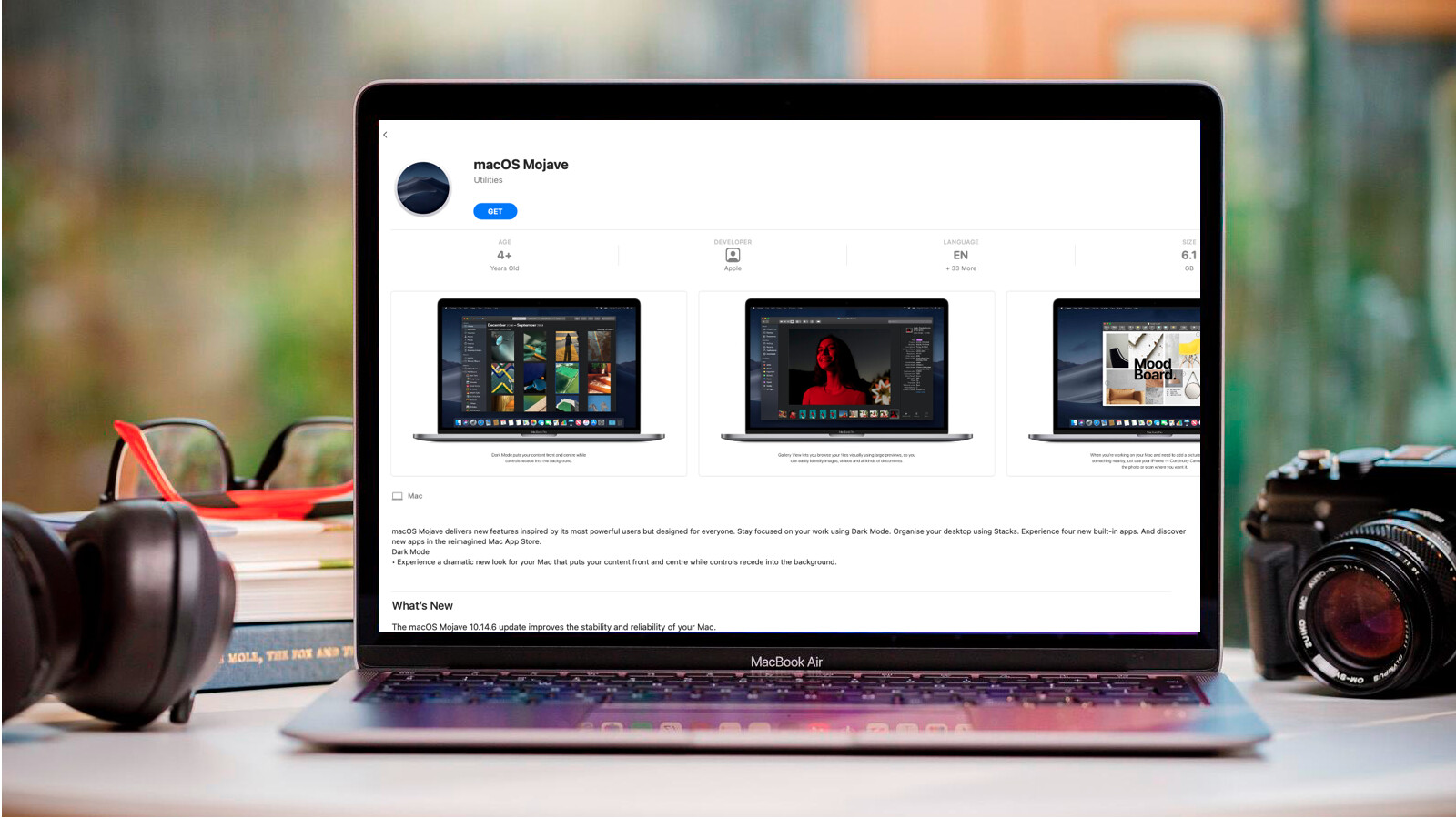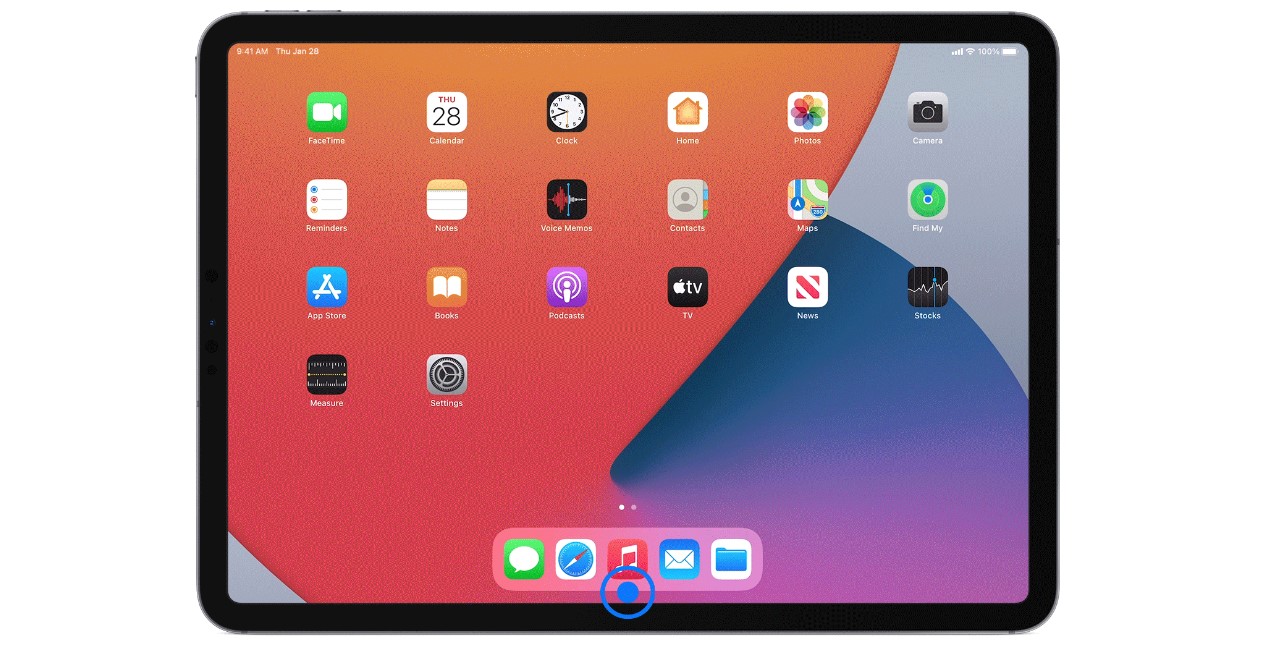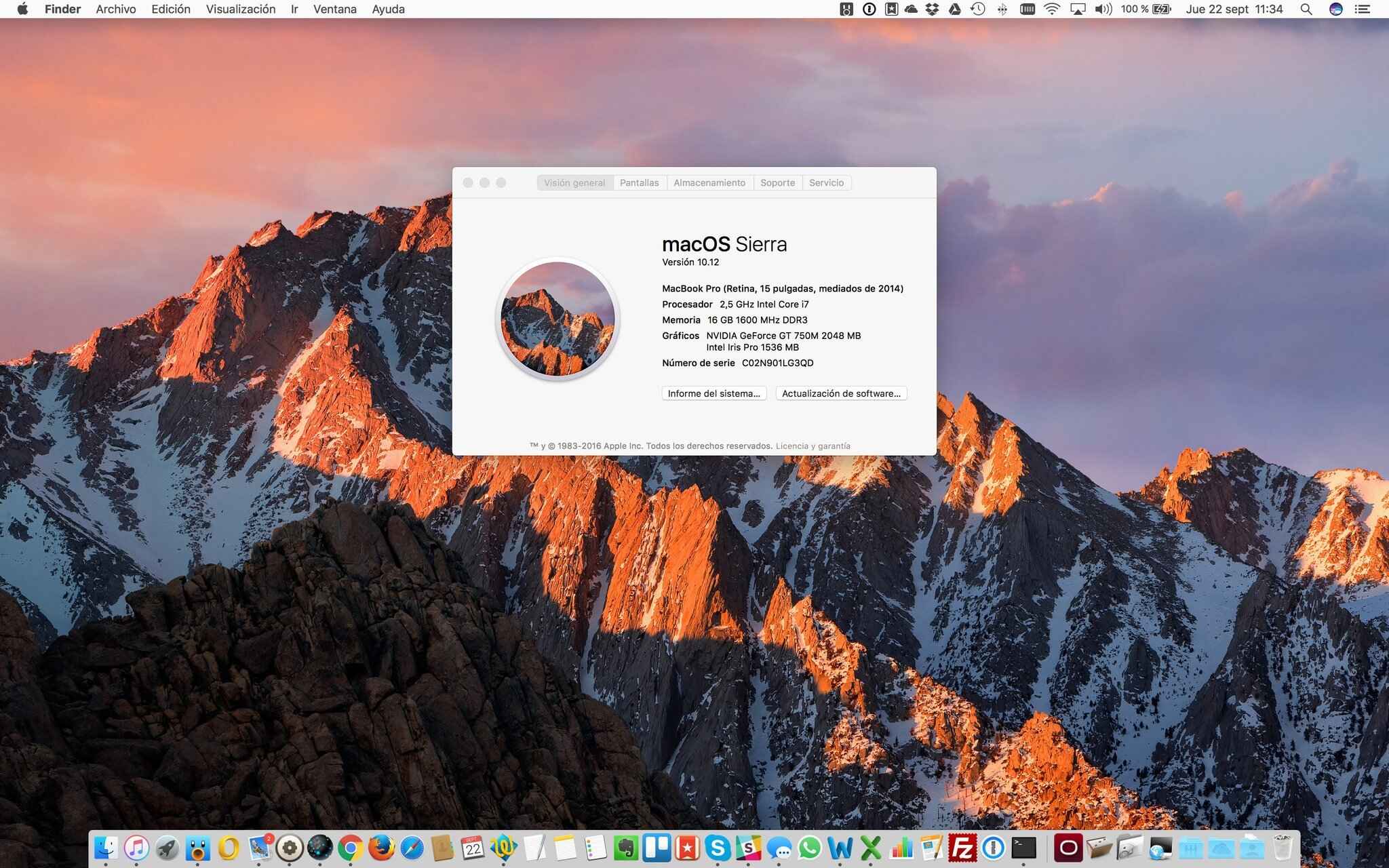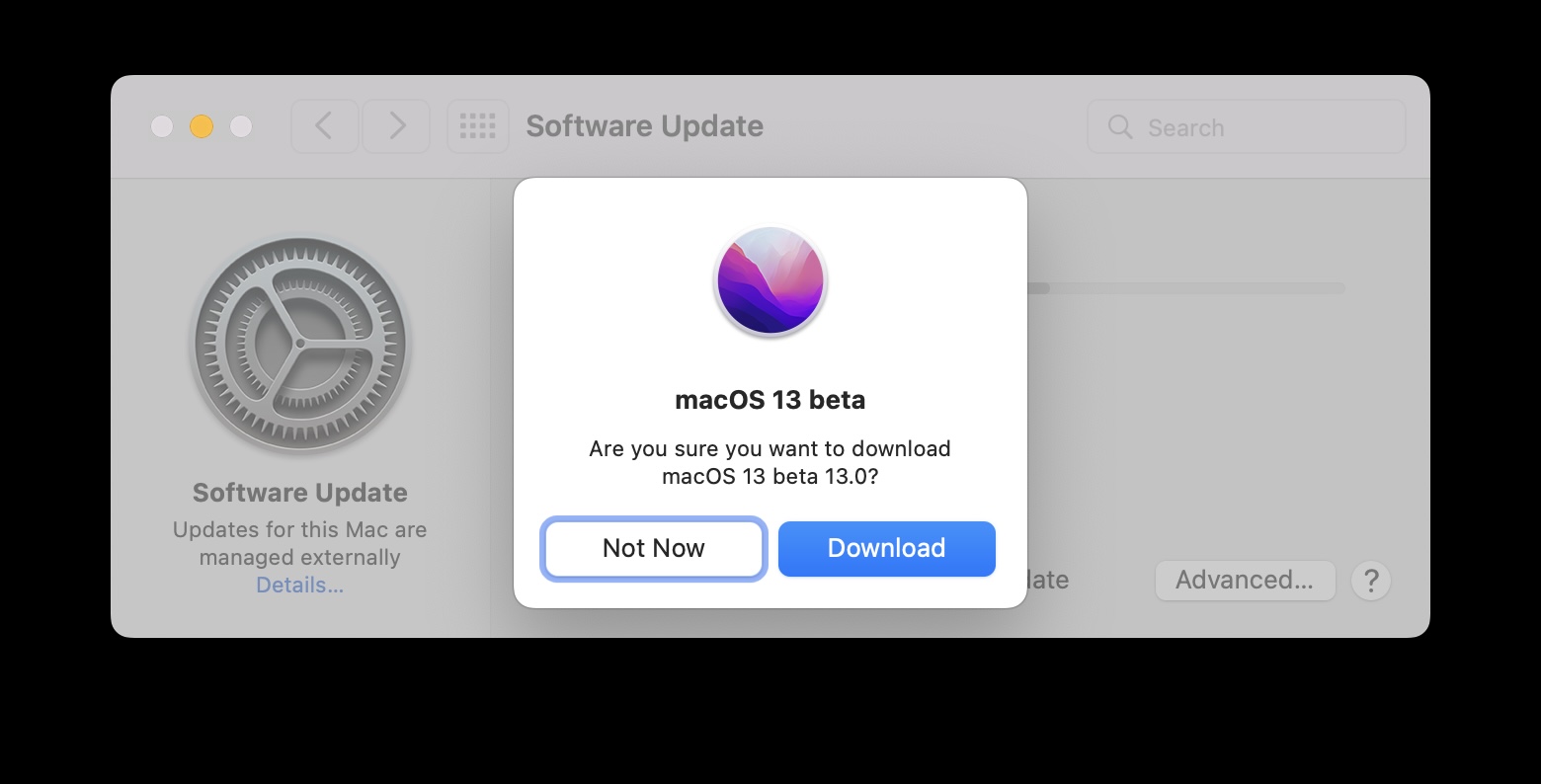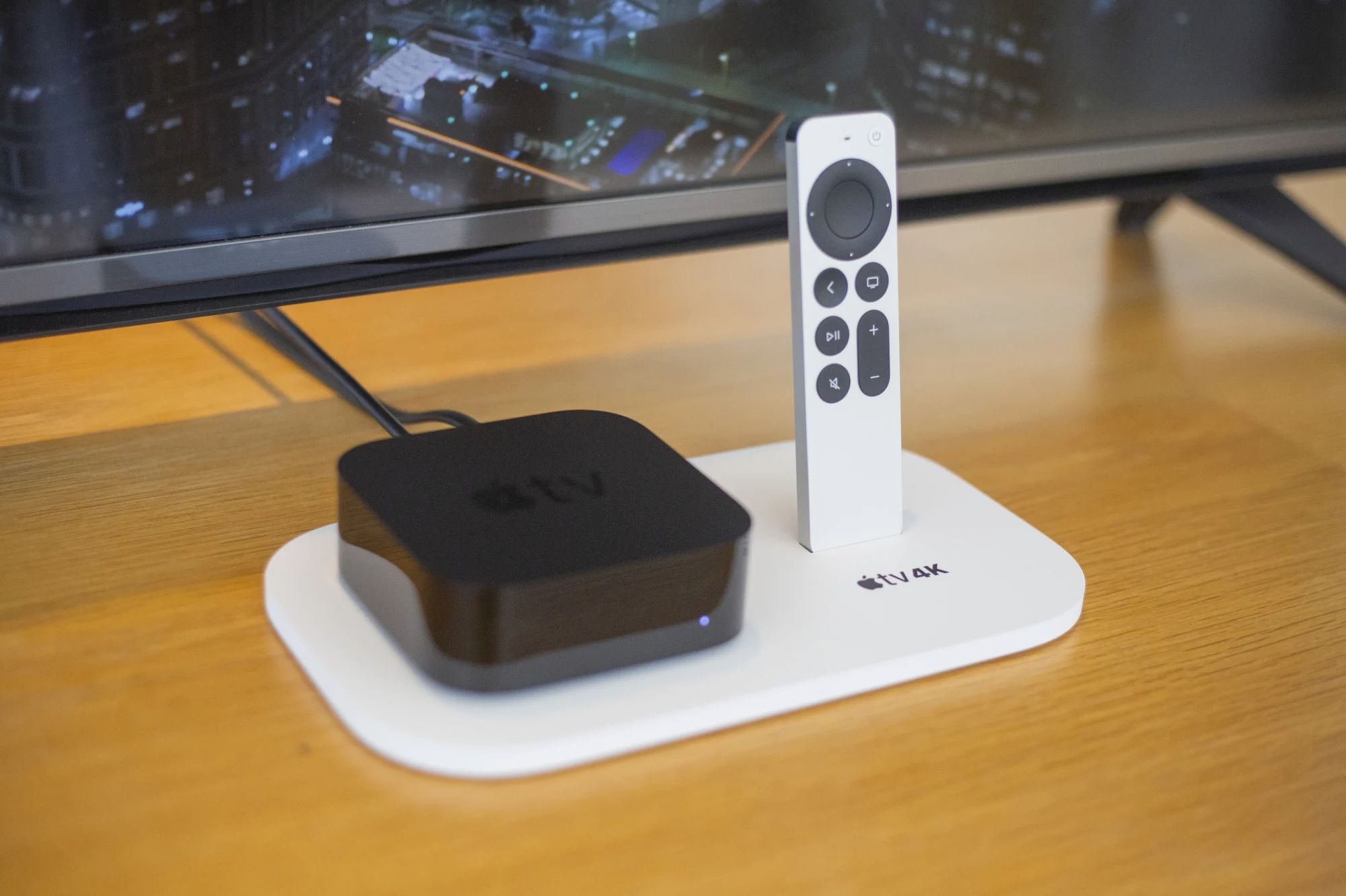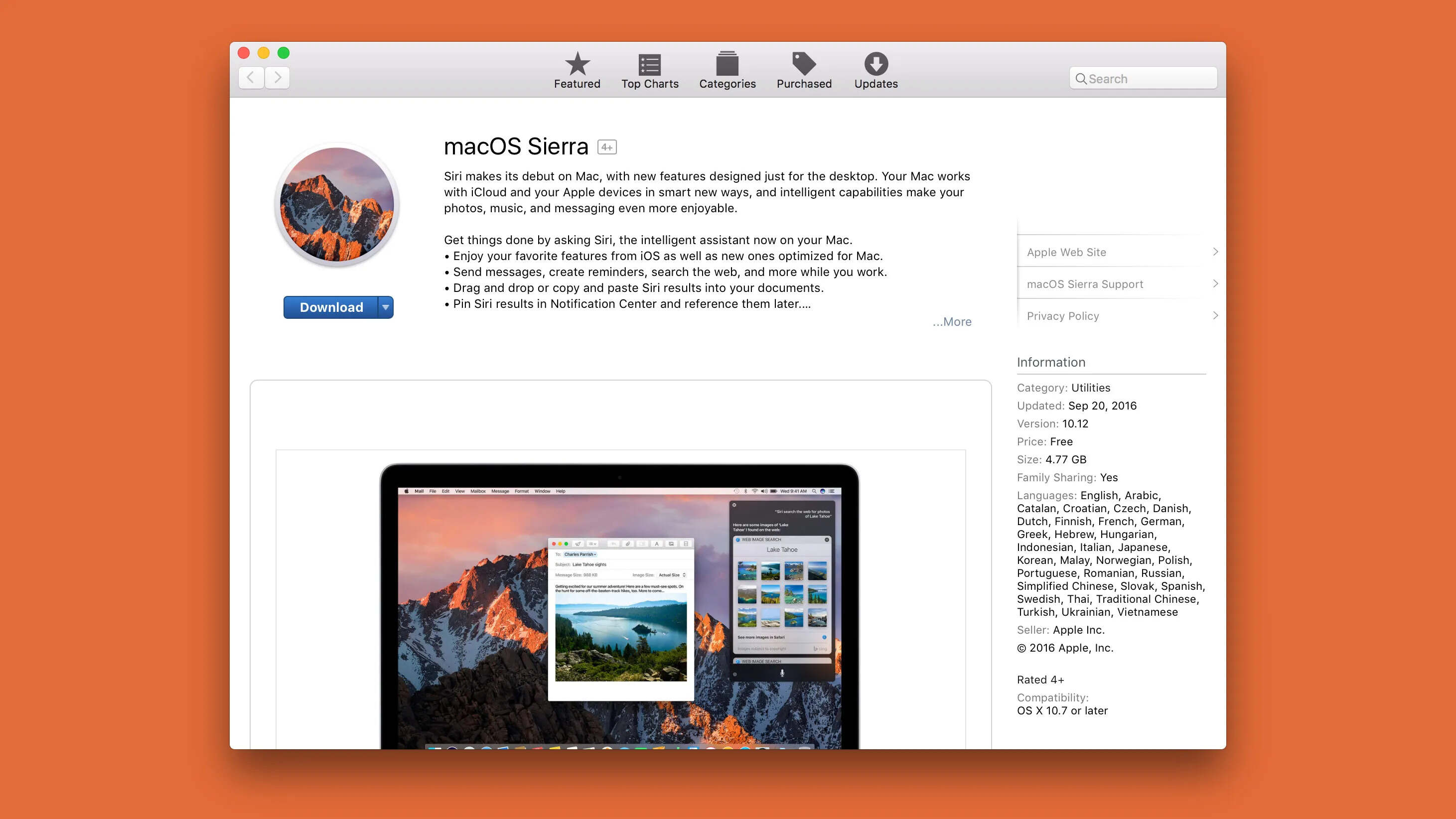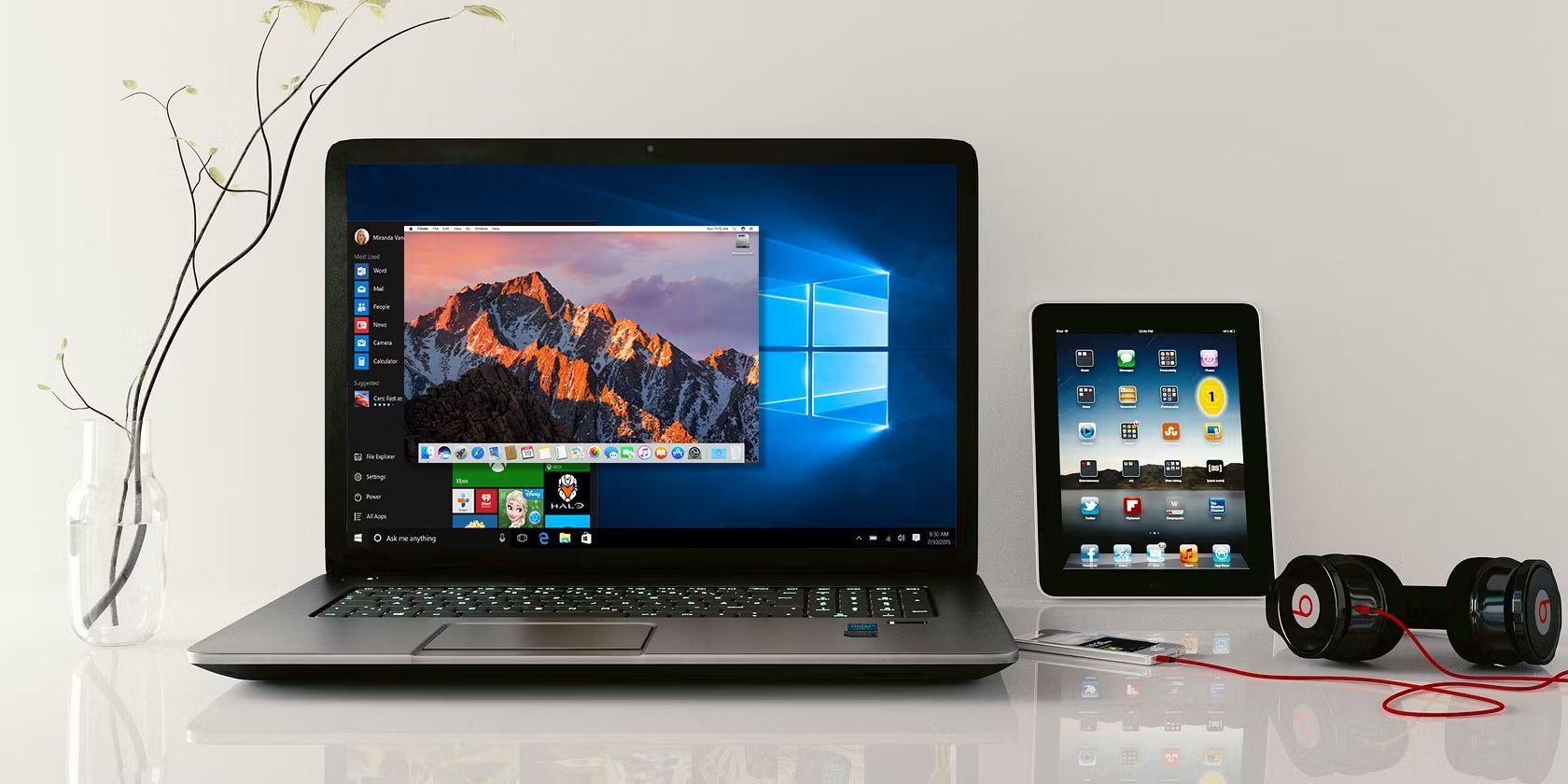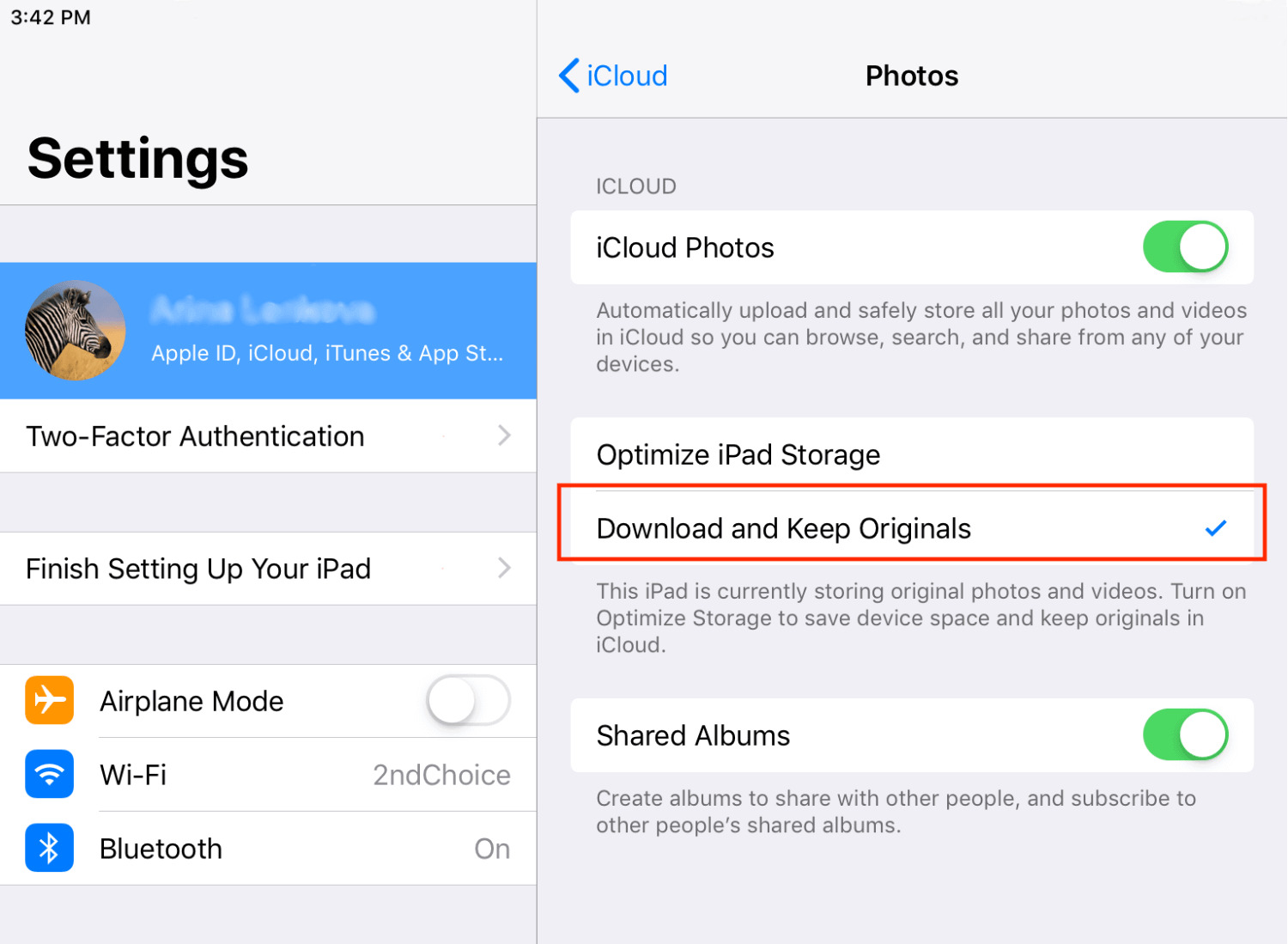Introduction
Are you in need of downloading an older version of Mac OS? Whether you’re looking to downgrade your current operating system or you’re an enthusiast who wants to try out a nostalgic version of Mac OS, this guide will walk you through the process. While Apple primarily promotes and provides support for their latest operating systems, it is still possible to download and install older versions of Mac OS.
Downloading an older version of Mac OS can be useful for a variety of reasons. Perhaps you have an older Mac that is not compatible with the latest macOS release, or maybe you have specific software applications that only run on older operating systems. Whatever the reason, this guide will help you find and download the specific Mac OS version you’re looking for.
Before proceeding, it’s important to note that downloading and installing older versions of Mac OS is not officially supported by Apple. Therefore, it is essential to follow the steps carefully and ensure that your device meets the system requirements for the desired Mac OS version.
In the following sections, we will discuss how to find and download older Mac OS versions, verify compatibility with your Mac, create a bootable installer, and guide you through the installation process. Let’s get started!
Finding the Older Version of Mac OS
When it comes to finding the older version of Mac OS that you’re looking for, there are a few different avenues you can explore. Here are some methods to help you locate and download the right version:
- Apple’s Official Website: Start by visiting Apple’s official website and navigating to the support section. Here, you’ll find links to download the latest macOS release. However, if you scroll down a bit, you’ll also see a link called “Download macOS”. Clicking on this link will take you to the Mac App Store, where you can find available versions of macOS.
- Internet Archives: Another reliable resource is the Internet Archive, a digital library that stores a vast collection of websites, software, and other digital artifacts. They have an extensive collection of older software versions, including different macOS releases. Simply head to their website and use the search function to look for the specific Mac OS version you want.
- Third-Party Websites: Several third-party websites also offer older versions of Mac OS for download. These websites often have a wide range of Mac OS versions available, making it easier to find the one you’re looking for. However, exercise caution and only download from reputable sources to avoid downloading compromised or modified software.
When searching for the older version of Mac OS, it’s important to note that you might need to specify the exact version number or build number to find the specific release you want. Additionally, it’s a good idea to check multiple sources to ensure the authenticity of the downloaded files and compare checksums to avoid any tampered versions.
Once you have identified the desired version of Mac OS, you can proceed to the next step of verifying your Mac’s compatibility to ensure smooth installation. This will be covered in the next section.
Verifying Your Mac’s Compatibility
Before proceeding with the installation of an older version of Mac OS, it’s crucial to verify that your Mac is compatible with the chosen operating system. Installing an incompatible version can lead to issues and may cause your Mac to function improperly. Here are the steps to verify your Mac’s compatibility:
- Check the System Requirements: Visit the official Apple support website or the documentation provided by the software source to review the minimum system requirements for the specific Mac OS version. Compare these requirements to the specifications of your Mac to ensure compatibility.
- Check Model Compatibility: Some older Mac models may not support certain macOS releases. Look for compatibility lists or supported model information on Apple’s official website. If your Mac is not listed as compatible with the specific version you want, it’s best to avoid installing it to prevent any compatibility issues.
- Consider Hardware Limitations: Even if your Mac meets the minimum system requirements, it’s essential to consider any hardware limitations. Certain features or performance improvements introduced in newer Mac OS versions may require more powerful hardware. Installing an older version on a Mac with limited hardware capabilities may negatively impact performance.
It’s worth noting that as technology progresses, older Mac models may gradually lose support for newer macOS releases. Therefore, it’s important to ensure that the chosen version of Mac OS not only meets the minimum requirements but also offers sufficient performance and compatibility with your specific Mac model.
Once you have verified compatibility, you can proceed to create a bootable installer for your chosen older version of Mac OS. This will enable you to install the operating system on your Mac. The process of creating a bootable installer will be explored in the next section.
Creating a Bootable Installer
To install an older version of Mac OS, you’ll need to create a bootable installer. This will allow you to install the operating system on your Mac. Follow these steps to create a bootable installer:
- Download the Installation Files: Start by downloading the installation files for the older version of Mac OS that you want to install. You may have already completed this step in the previous sections.
- Prepare a USB Drive: Connect a USB drive with sufficient storage capacity to your Mac. Make sure to back up any important files on the USB drive, as it will be completely erased in the process. Ideally, use a USB 3.0 drive for faster data transfer.
- Format the USB Drive: Open the Disk Utility application on your Mac. Select the USB drive from the list of connected devices and click on the “Erase” option. Choose a name for the drive, select “Mac OS Extended (Journaled)” as the format, and click on “Erase” to format the drive.
- Create the Bootable Installer: Launch the Terminal application on your Mac. Copy and paste the appropriate command for creating a bootable installer, depending on the version of Mac OS you’re installing. The command often follows the format “sudo /Applications/Install\ macOS\ [Version Name].app/Contents/Resources/createinstallmedia –volume /Volumes/[USB Drive Name]”. Press Enter and follow the prompts to create the bootable installer.
- Complete the Process: Once the creation process finishes, your USB drive will be ready as a bootable installer. Keep it safely stored, as you will need it for the installation process.
Creating a bootable installer allows you to have a dedicated installation media for your older version of Mac OS. This can be particularly helpful for multiple installations or reinstallations, as well as for Macs without a working internet connection. With the bootable installer ready, you can now proceed to download and install the older version of Mac OS, which we’ll cover in the next section.
Downloading the Older Version of Mac OS
Now that you have a bootable installer ready, it’s time to download the older version of Mac OS that you want to install on your Mac. Follow these steps to complete the download:
- Open the Mac App Store: Launch the Mac App Store application on your Mac. If you’re using a version of macOS before Mojave (10.14), you can find the Mac App Store in your Applications folder. For Mojave and newer versions, you can access the Mac App Store through the Apple menu.
- Search for the Older Version: Use the search feature within the Mac App Store to find the specific older version of Mac OS that you want to download. Alternatively, if you previously downloaded the older version, you might find it listed in the “Purchased” section of the Mac App Store.
- Click on Download: Once you locate the older version of Mac OS, click on the “Download” button. The download size may vary depending on the specific version you’re downloading. The download time will depend on your internet connection speed, so be patient if it takes a while to complete.
- Wait for the Download: Allow the download process to complete. Once it finishes, the Mac App Store will automatically open the installer for the older version of Mac OS that you downloaded.
- Quit the Installer: At this stage, do not proceed with the installation. Instead, quit the installer by selecting “Quit [Version Name] Installer” from the installer menu. This step is necessary to ensure that the installation process is performed using the bootable installer that you created earlier.
Now that you have successfully downloaded the older version of Mac OS, you’re ready to proceed with the installation process. The following section will guide you through the steps to install the older version of Mac OS using the bootable installer.
Installing the Older Version of Mac OS
With the bootable installer created and the older version of Mac OS downloaded, you’re ready to install it on your Mac. Follow these steps to complete the installation:
- Connect the Bootable Installer: Connect the USB drive containing the bootable installer to your Mac.
- Restart Your Mac: Restart your Mac, and as it begins to boot up, hold down the Option key. This will bring up the Startup Manager, where you can select the bootable installer as the startup disk. Use the arrow keys to highlight the USB drive and press Enter to start up from it.
- Select the Language: Once the bootable installer starts up, you’ll be prompted to choose your language. Select your preferred language and click on the “Continue” button.
- Agree to the Terms and Conditions: Read and accept the license agreement by clicking on the “Agree” button. This step is necessary to proceed with the installation.
- Select the Installation Destination: Choose the disk where you want to install the older version of Mac OS. If you have a single internal hard drive, it should be selected by default. Click on the “Install” button to continue.
- Wait for the Installation: The installation process will now begin. It may take some time, so be patient and avoid interrupting the process. Your Mac may restart during the installation, which is normal.
- Set Up Your Mac: Once the installation is complete, your Mac will restart again. Follow the on-screen prompts to set up your Mac, including creating a user account, selecting your region, and signing in with your Apple ID if desired.
After completing these steps, your Mac will be running the older version of Mac OS that you installed. Remember to transfer any important files or data to your new installation, as the installation process erases the previous operating system. You can now enjoy the features and functionalities of the older version of Mac OS on your Mac.
Keep in mind that older versions of Mac OS may not receive regular software updates or security patches from Apple. It’s essential to stay vigilant and ensure that your Mac is adequately protected to mitigate any potential vulnerabilities.
Conclusion
Downloading and installing an older version of Mac OS can be a useful solution for various situations, whether it’s to restore compatibility with older hardware or to run specific software applications. In this guide, we have discussed the steps to find, download, verify compatibility, create a bootable installer, and install an older version of Mac OS. By following these steps, you can successfully install the older version of Mac OS on your Mac.
It’s important to note that while downloading and installing older versions of Mac OS is possible, it is not officially supported by Apple. Therefore, it is crucial to exercise caution and take necessary measures to ensure the authenticity and integrity of the downloaded files, as well as verifying compatibility with your specific Mac model.
Remember to backup your important files and data before proceeding with the installation, as the process involves erasing the previous operating system. Additionally, be aware that older versions of Mac OS may not receive regular updates or security patches, so it’s essential to take necessary precautions and install reliable security software to protect your Mac.
We hope this guide has been helpful in assisting you with downloading older versions of Mac OS. Whether you’re seeking to experiment with a nostalgic version of Mac OS or needing an older version for specific purposes, enjoy your exploration of different Mac operating systems!







